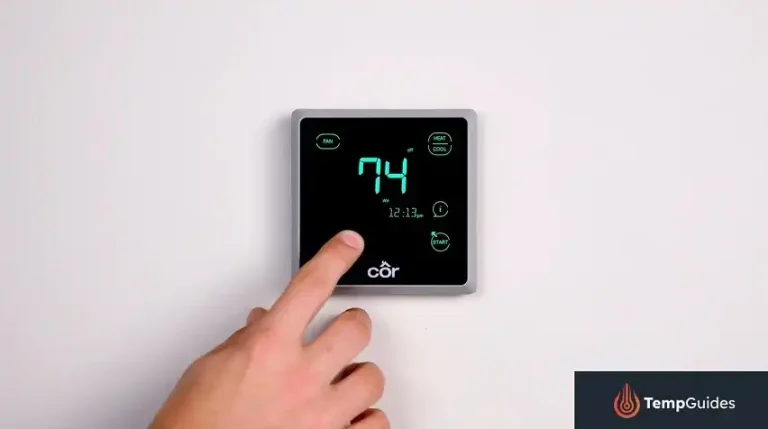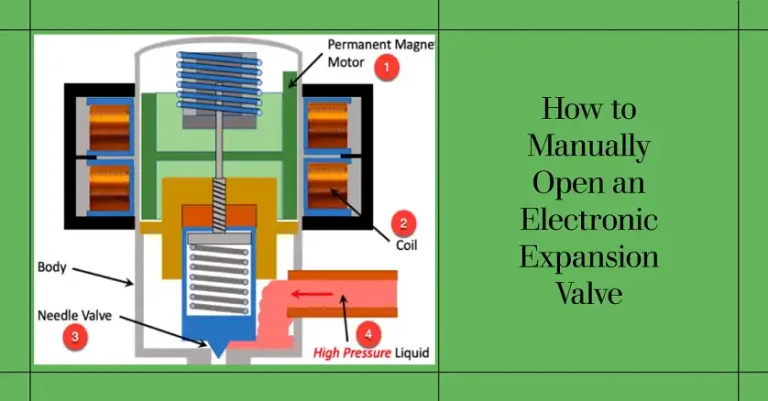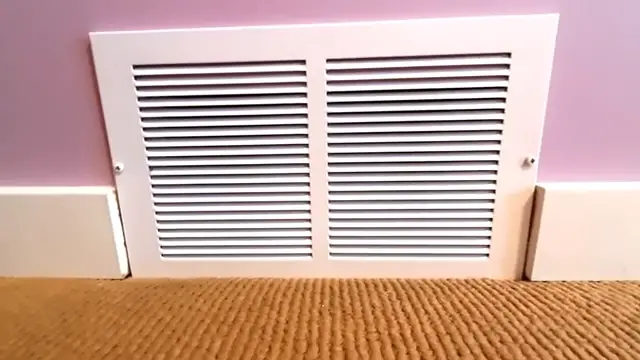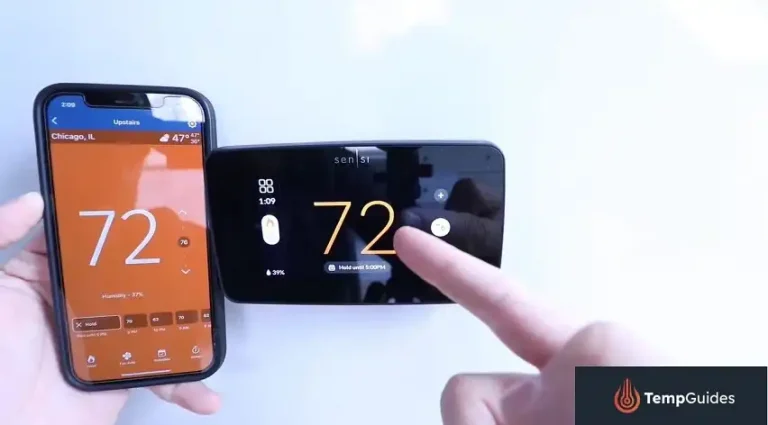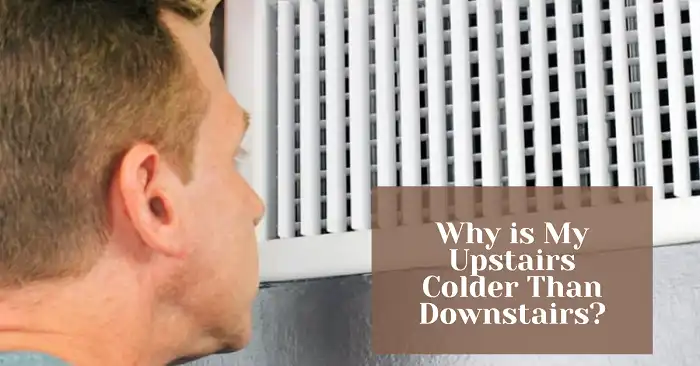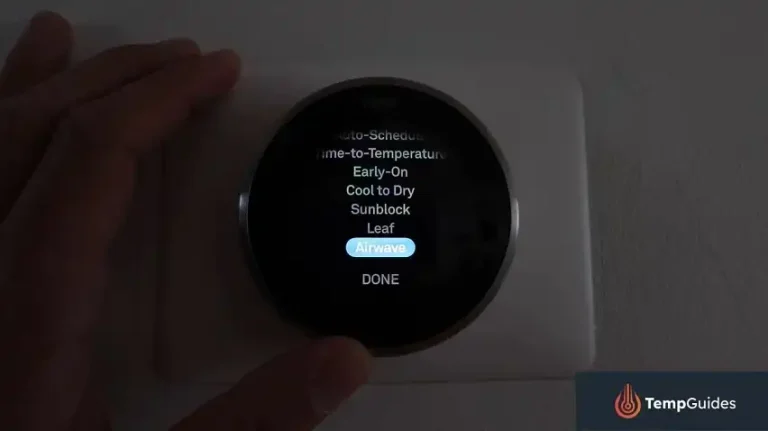Fan is Running But No Air is Coming Out of Vents
There’s nothing more frustrating than turning on your thermostat and hearing the fan running, but no cool air coming through the vents. You might be tempted to call an HVAC professional right away, but before you do, there are a few common issues you can check yourself.
The root cause of this problem could be anything from a dirty air filter to a frozen evaporator coil or even a blocked ductwork system. Don’t worry, I’ll guide you on troubleshooting this potential issue step-by-step.
By the end, you’ll understand why your fan is running but no air is coming out of the vents, and what you can do to fix it. So, let’s learn and get your AC system back up and running smoothly!
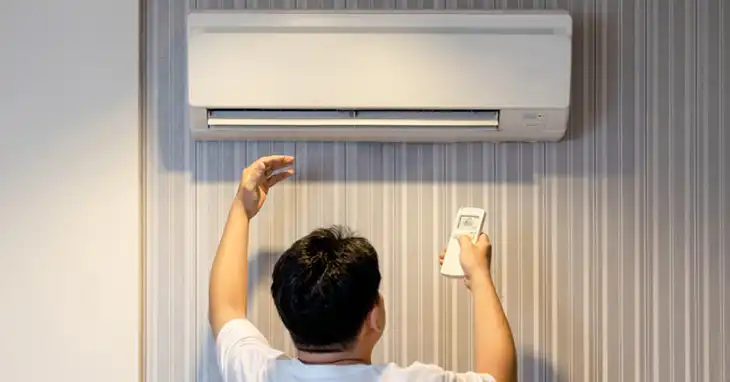
Why Fan is Running But No Air is Coming Out of Vents
There can be several reasons why your fan is running but no air is coming out of the vents. The most common causes include:
1. Dirty or Clogged Air Filter
One of the most common culprits when your fan is running but no air is coming out of the vents is a dirty or clogged air filter. Air filters are designed to trap dust, dirt, and other airborne particles, but over time, they can become so clogged that air has a hard time passing through.
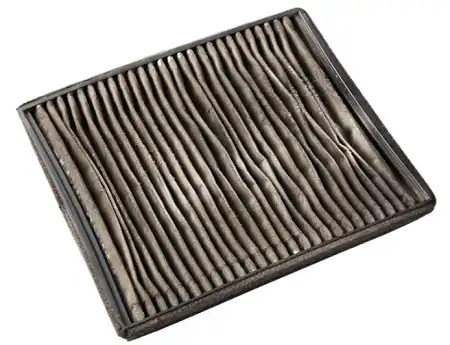
When this happens, your system has to work harder to push air through the filter, which can lead to decreased airflow and even cause the evaporator coil to freeze up. According to Energy.gov, a dirty air filter can increase your energy consumption by up to 15%.
2. Frozen Evaporator Coil
Another common reason why your fan might be running but no air is coming out of the vents is a frozen evaporator coil. The evaporator coil is responsible for absorbing heat from the air inside your home, which is what creates the cool air that gets circulated through the ductwork.
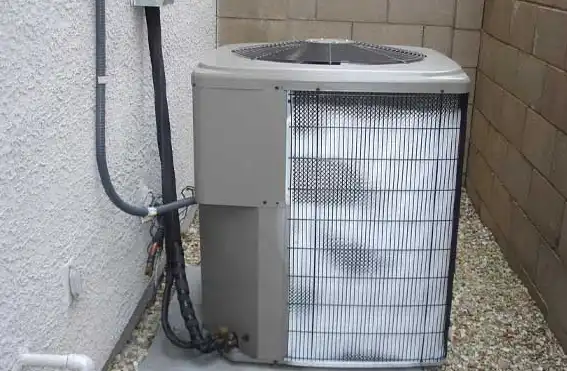
If the evaporator coil becomes too cold, the moisture in the air can freeze on the coil, forming a thick layer of ice. As the ice builds up, it acts as an insulator, preventing heat from being absorbed, and causing the coil to freeze even more.
3. Blocked or Leaky Ductwork
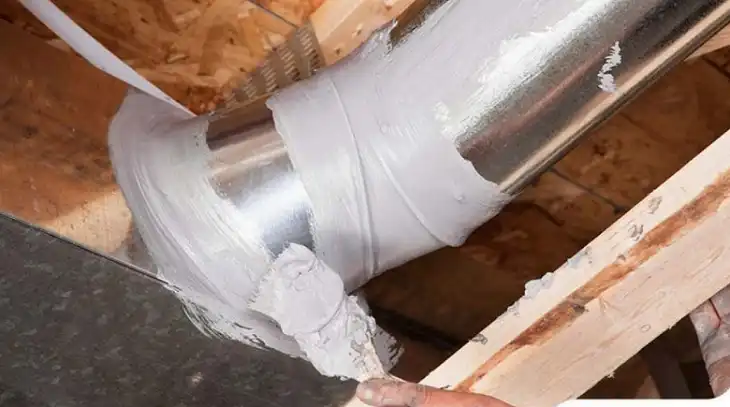
Your ductwork is responsible for distributing cool air throughout your home, so if there are any blockages or leaks, it can prevent air from reaching the vents. According to the U.S. Department of Energy, duct leaks can waste up to 30% of the energy consumed by your HVAC system.
4. Blower Motor Issues
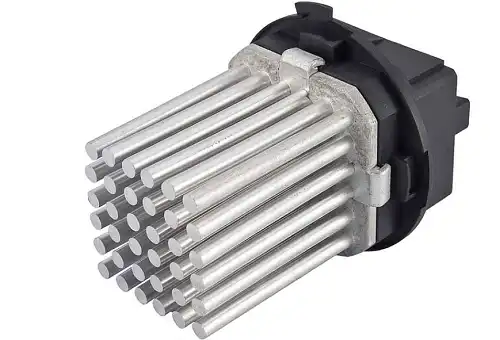
The blower motor is responsible for circulating air through your HVAC system, so if it’s not functioning properly, it can prevent air from reaching the vents. Common blower motor issues include a faulty capacitor, worn-out bearings, or a burnt-out motor.
5. Thermostat Problems
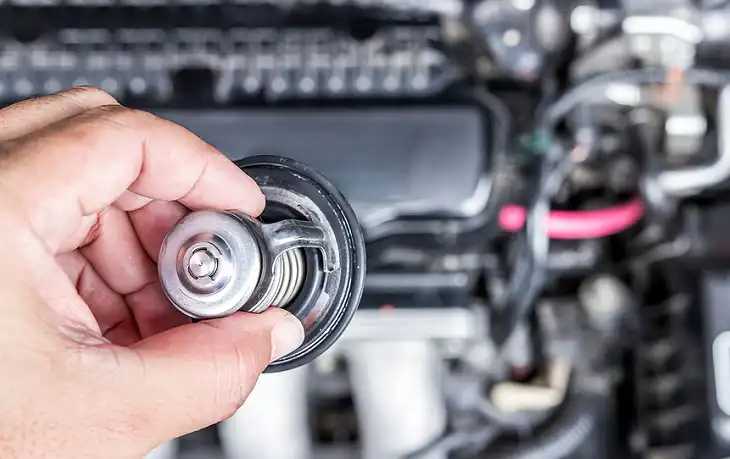
While it may seem counterintuitive, thermostat issues can also cause your fan to run but no air to come out of the vents. If your thermostat is miscalibrated or malfunctioning, it may not be properly communicating with your HVAC system, leading to airflow issues.
How to Fix The No Airflow Issue
Depending on the underlying cause, there are several ways to fix the issue of the fan running but no air coming out of the vents:
Solution 1: Inspect the Air Filter
To check if your air filter is the issue, locate the filter (usually in the return air duct or the blower compartment) and visually inspect it. If it looks extremely dirty or clogged, replace it with a new one. It’s recommended to change your air filter every 1-3 months, depending on the type of filter and the level of air pollution in your area.
Solution 2: Check Evaporator Coil
According to the U.S. Department of Energy, a frozen evaporator coil can reduce your system’s efficiency by as much as 60%. To check if your evaporator coil is frozen, locate it (usually behind the air handler or near the furnace) and look for signs of ice buildup.
If you do find a frozen evaporator coil, turn off your system immediately and allow it to thaw completely before turning it back on. Once thawed, check for any underlying issues that may have caused the coil to freeze, such as a dirty air filter or low refrigerant levels.
Solution 3: Clear Ductwork Obstructions and Seal Leaks
To check for blockages, inspect your ductwork for any visible obstructions or debris. If you find any, carefully remove them, making sure not to damage the ductwork in the process.
To check for leaks, run your system and feel along the ductwork for any areas where cool air seems to be escaping. You can also perform a visual inspection, looking for gaps, holes, or disconnected sections. If you find any leaks, seal them with duct tape or mastic sealant.
Solution 4: Repair or Replace the Blower Motor
To check if your blower motor is the issue, locate it (usually near the air handler or furnace) and listen for any unusual noises, such as grinding or squealing. You can also try giving the motor a gentle spin with your hand – if it doesn’t spin freely, there may be a bearing issue.
If you suspect a blower motor problem, it’s best to call in a professional HVAC technician, as attempting to repair or replace the motor yourself can be dangerous and may void your warranty.
Solution 5: Check and Recalibrate the Thermostat
To check if your thermostat is the issue, try adjusting the temperature setting and see if it triggers the system to start blowing cool air. You can also check the batteries (if it’s a battery-powered thermostat) or try resetting it.
If these simple troubleshooting steps don’t work, you may need to replace your thermostat altogether. Consider upgrading to a programmable or smart thermostat, which can help improve the efficiency and performance of your HVAC system.
Solution 6: Hire a Professional HVAC Technician
While many of these issues can be diagnosed and potentially fixed by a handy homeowner, some problems may require the expertise of a professional HVAC technician. If you’ve gone through the troubleshooting steps and are still experiencing airflow issues, it’s best to call in a pro.
A qualified HVAC technician will have the tools and knowledge to properly diagnose and repair any underlying issues with your system, ensuring it’s running efficiently and effectively. They can also perform routine maintenance, such as cleaning the evaporator coil and checking for refrigerant leaks, which can help prevent future airflow problems.
Bonus Tips to Prevent the Issue of Airflow Problems
To prevent issues with the fan running but no air coming out of the vents, it’s essential to maintain your HVAC system regularly. Here are some preventive measures you can take:
- Change Air Filters Regularly: Replace your air filters every 1-3 months, or as recommended by the manufacturer, to prevent clogs and maintain proper airflow.
- Schedule Regular Maintenance: Have your HVAC system inspected and serviced by a professional technician at least once a year to ensure all components are functioning correctly and to address any potential issues before they become bigger problems.
- Keep Ductwork Clean and Sealed: Regularly inspect and clean your ductwork to remove any obstructions, and seal any leaks to prevent air from escaping.
- Monitor Refrigerant Levels: Low refrigerant levels can cause the evaporator coil to freeze, leading to airflow issues. Have a technician check and recharge the refrigerant levels as needed.
- Consider Upgrading to a Programmable or Smart Thermostat: These thermostats can help optimize your HVAC system’s performance and efficiency, reducing the likelihood of airflow problems.
By following these preventive measures and detecting any issues immedeately, you can minimize the chances of experiencing these type of frustrating problem.
Conclusion
Having your fan running but no air coming out of the vents can be a frustrating experience, but don’t panic just yet. By following the troubleshooting steps outlined in this article, you may be able to identify and resolve the issue yourself, saving you time and money. Remember, regular maintenance and prompt attention to any potential problems can go a long way in keeping your HVAC system running smoothly and efficiently. If you’re still having trouble after trying these tips, don’t hesitate to call in a professional HVAC technician for further assistance.
Thank you for taking the time to read this guide. We hope it has provided you with valuable information and practical solutions for addressing airflow issues in your home. If you have any additional questions or concerns, please feel free to leave a comment below, and we’ll be happy to assist you further.

